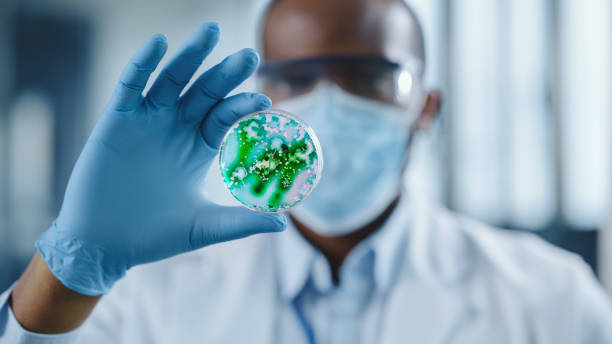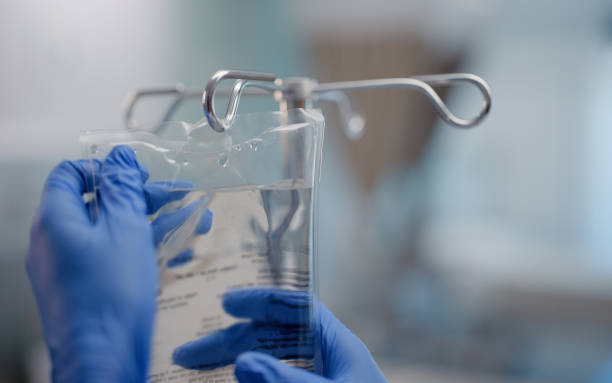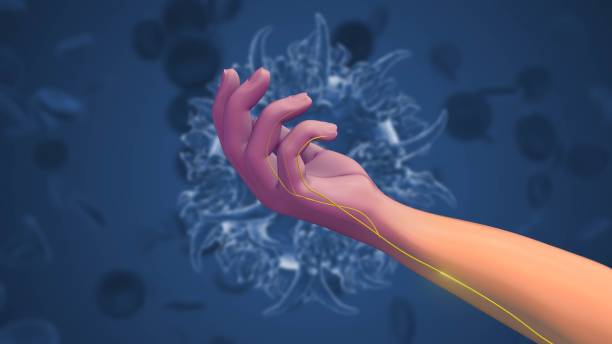By Deborah Bamisaye
Antimicrobial resistance (AMR) means that tiny germs like bacteria can change and become strong enough to survive medicines called antibiotics that are supposed to kill them. Imagine the germs getting a shield against the medicine! This happens because when we use antibiotics a lot, some germs learn how to protect themselves and keep growing even when medicine tries to stop them.
AMR happens when microorganisms (such as bacteria, fungi, viruses, and parasites) change when they are exposed to antimicrobial drugs (such as antibiotics, antifungals, antivirals, antimalarials, and anthelmintic). Microorganisms that develop AMR are sometimes referred to as “superbugs”. As a result, the medicines become ineffective and infections persist in the body, increasing the risk of spread to others.
These strong germs can make people sick for a longer time and are harder to cure. AMR occurs naturally over time, usually through genetic changes. However, the misuse and overuse of antimicrobials is accelerating this process.
That’s why doctors only give antibiotics when really needed and tell us not to use leftover medicine or share it with others. Heeding this helps stop germs from getting stronger.
For children, it’s extra important because their bodies are still learning how to fight germs, so if germs become resistant, it can be more dangerous for them. So, using antibiotics the right way helps keep everyone safe and healthy.
Coordinated action is required to minimize the emergence and spread of AMR. All countries need national action plans on AMR, and greater innovation and investment are required in research and development of new antimicrobial medicines, vaccines and diagnostic tools.
Why? How?
Germs sometimes learn to resist medicines like antibiotics because they can change and adapt over time. When bacteria are exposed to antibiotics, some may survive due to random genetic changes called mutations. These changes can help them block the medicine, pump it out, destroy it, or change the parts of themselves the medicine tries to attack. This is serious, I hear you say, indeed it is.
Also, bacteria can share these resistance genes with other bacteria, spreading the ability to resist antibiotics the more. Using antibiotics too often or not finishing a full course can encourage this process because it kills some bacteria but leaves the stronger, resistant ones to multiply and that is why doctors frown at it when patients discontinue use because they feel better or when they forget to follow through.
So, What’s the Way Out
Did you just ask: ‘How do we tame this, how do we break the arm of this resistance. How do we make it fight for fight or a showdown?’
Be calming down please, let’s strategize, and let’s win the fight. Check these out:
- Use antibiotics ‘Only’ when necessary and as prescribed: Avoid taking antibiotics for viral infections or not finishing the full course, which helps prevent bacteria from surviving and becoming resistant. Mark the word – only.
- Practice good hygiene and infection prevention: Regular handwashing, cleaning, and vaccinations reduce infections, lowering the need for antibiotics and its consequent resistance.
- Antibiotic stewardship programs: Healthcare providers follow guidelines to use antibiotics prudently, reducing unnecessary use and resistance development. In other words, unnecessary use should be avoided.
- Develop new treatments and strategies: Scientists are working on combining antibiotics, using adjuvants that block bacterial resistance mechanisms, and targeting bacterial evolution pathways to prevent resistance. Let’s keep them in our prayers, so they succeed.
- Avoid spreading resistant germs: Proper hygiene and infection control in hospitals and communities help stop resistant bacteria from spreading.
To cut a long story short, the way out is careful, responsible antibiotic use, good hygiene, vaccination, and ongoing research into new treatments to keep antibiotics effective.
Wait a Minute, Can We Fight Naturally?
Yes, several natural foods have antibiotic properties and may help evade microbial resistance. Let’s explore:
- Garlic: Contains allicin, a compound with strong antibacterial and antifungal effects that can inhibit drug-resistant bacteria.
- Ginger: Contains gingerol, which disrupts bacterial membranes and can act against drug-resistant strains.
- Honey (especially Manuka honey): Produces hydrogen peroxide and methylglyoxal, which kill bacteria and aid wound healing without promoting resistance.
- Oregano oil: Has potent antibacterial effects, including against MRSA, and is considered as effective as some antibiotics.
- Turmeric: Contains anti-inflammatory and antibacterial agents that inhibit infections, including resistant bacteria like MRSA.
- Clove oil: Shows strong inhibitory effects against Staphylococcus aureus, a common resistant pathogen.
- Other Herbs and Spices – such as thyme, fennel, mint, and pepper also have antimicrobial properties and may help prevent infections.
These natural foods contain multiple phytochemicals that target bacteria in various ways, which reduces the chance of microbes developing resistance. However, they are generally recommended as complementary to, not replacements for, prescribed antibiotics in serious infections.
All these can be part of a balanced diet to help support immune defense and fight infections naturally. Natural foods offer antimicrobial benefits with relatively selective effects favoring beneficial microbes, but no natural food is known to exclusively kill harmful microbes without any impact on good ones.
So I say, “Let the showdown begin?” And what do you say?





